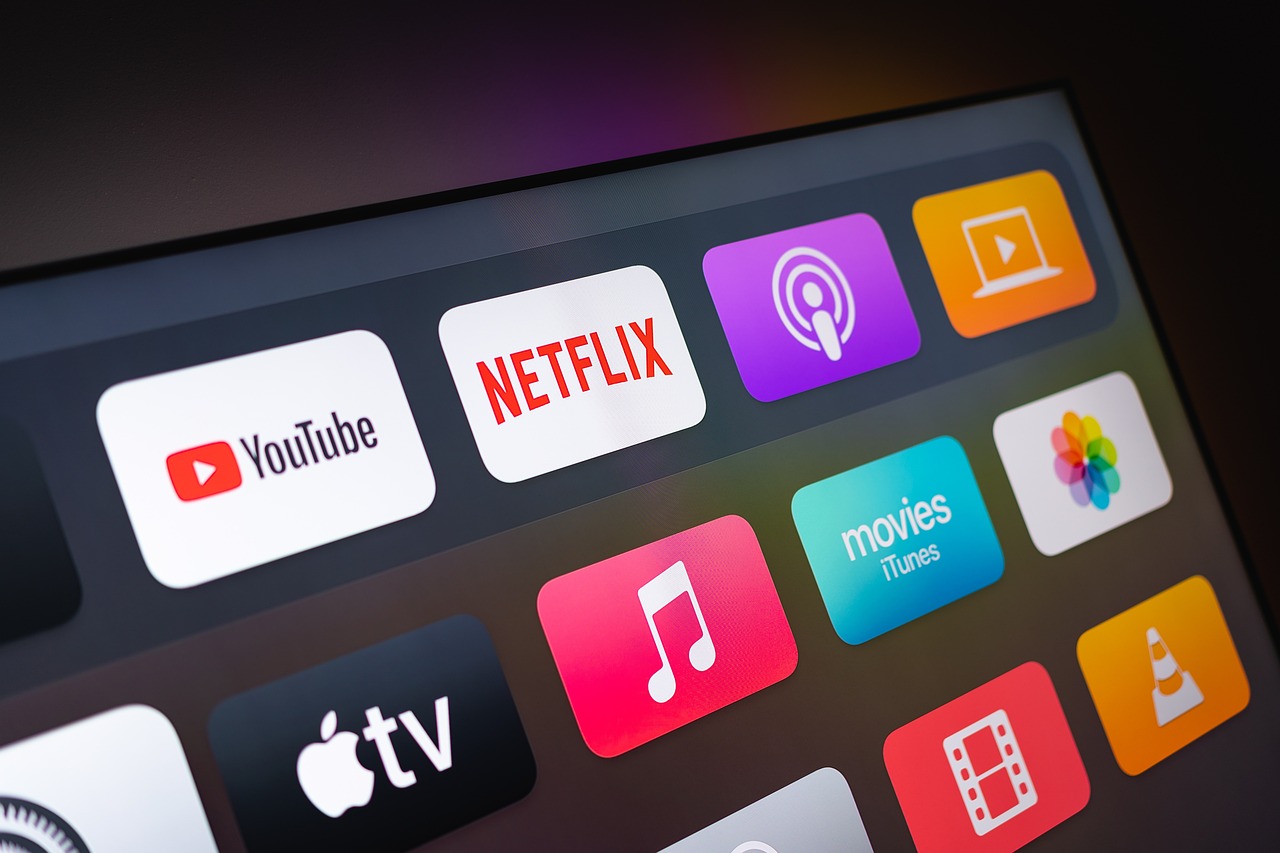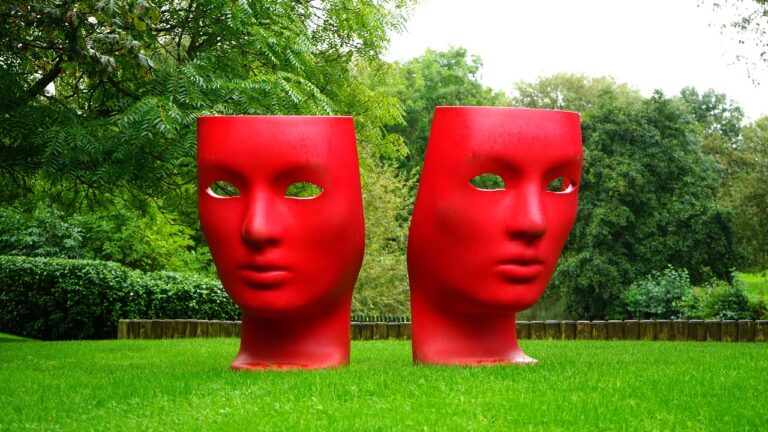The Role of Virtual Reality in Theme Park Design and Attractions
As technology continues to advance, theme parks are incorporating virtual reality (VR) technology into their attractions to create immersive and interactive experiences for guests. By integrating VR headsets and other devices into the design of rides and shows, theme parks can transport visitors to different worlds and scenarios, making the overall experience more thrilling and memorable.
One of the key advantages of incorporating VR technology in theme park design is the ability to offer guests a personalized and customizable experience. With VR, visitors can choose different storylines or outcomes, creating a sense of autonomy and control over their adventure within the park. This level of interactivity allows for a more engaging and dynamic experience, appealing to a broad range of guests looking for unique and thrilling experiences in theme parks.
• VR technology allows for personalized and customizable experiences
• Visitors can choose different storylines or outcomes
• Creates a sense of autonomy and control over the adventure within the park
• Interactivity leads to a more engaging and dynamic experience
• Appeals to a broad range of guests looking for unique and thrilling experiences in theme parks
The Evolution of Virtual Reality in Theme Park Attractions
In recent years, virtual reality (VR) technology has revolutionized the way theme park attractions are designed and experienced. What once started as simple visual enhancements has now evolved into immersive and interactive experiences that transport guests to fantastical worlds and adventures.
From traditional roller coasters to interactive dark rides, theme parks have embraced VR technology to create unique and unforgettable experiences for visitors. By combining cutting-edge VR headsets with motion simulators and other sensory effects, theme park attractions have elevated entertainment to new heights, blurring the lines between reality and fantasy.
Enhancing Guest Experience with Virtual Reality
When it comes to enhancing guest experiences, virtual reality (VR) has revolutionized the theme park industry. With the ability to transport visitors to immersive and interactive worlds, VR technology offers a level of engagement and excitement previously unseen in traditional theme park attractions. Guests can now embark on thrilling adventures, explore fantastical landscapes, and participate in unforgettable experiences, all within the confines of a VR headset.
One of the key advantages of integrating virtual reality into theme park attractions is the personalized and customizable experiences that it offers. By allowing guests to choose their own adventures and tailor their experiences based on their preferences, VR technology provides a unique and individualized touch to the overall guest journey. This level of personalization not only enhances guest satisfaction but also creates a deeper connection between visitors and the theme park, leading to increased loyalty and repeat visits.
How is virtual reality technology being utilized in theme park design?
Virtual reality technology is being used in theme park design to create immersive experiences for guests through simulated environments and interactive storytelling.
What are some examples of virtual reality attractions in theme parks?
Some examples of virtual reality attractions in theme parks include virtual reality roller coasters, virtual reality escape rooms, and virtual reality simulators.
How has virtual reality evolved in theme park attractions over the years?
Virtual reality in theme park attractions has evolved from basic simulations to more advanced experiences that incorporate interactive elements, motion tracking, and 360-degree visuals.
How does virtual reality enhance the guest experience at theme parks?
Virtual reality enhances the guest experience at theme parks by providing a more immersive and engaging experience, allowing guests to feel like they are part of the story and interact with the virtual environment.
Are there any limitations to using virtual reality in theme park attractions?
Some limitations of using virtual reality in theme park attractions include potential motion sickness, technical issues, and the need for regular maintenance and updates to keep the technology running smoothly.







